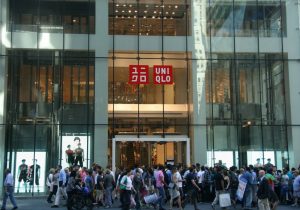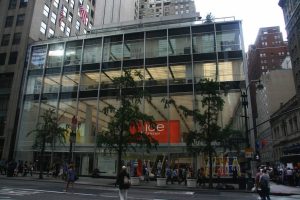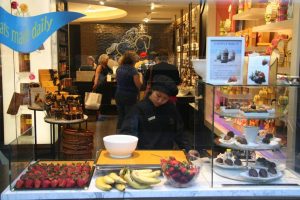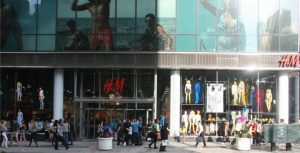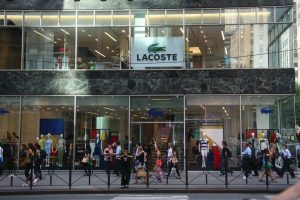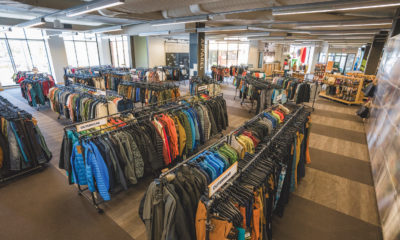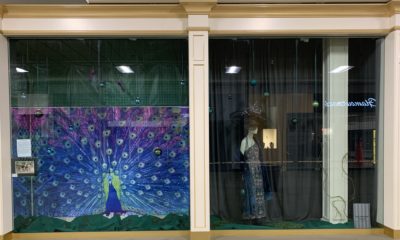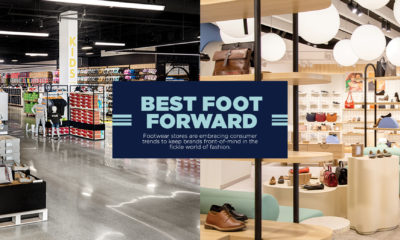In the beginning of the 20th Century, New York’s Ladies Mile, running down Broadway and up Sixth Avenue between 23rd and 14th streets, provided an early blueprint for American retail and the great department store. At this time, cast iron architecture was the technology of the day, allowing for great expanses and the building of the first large- scale stores. The advent of cast iron architecture combined with the new plate glass was the catalyst for the visual merchandising industry and the first show windows, which served as the Internet of their day, a 24/7 advertisement and retailer’s first contact with customers. Before long, show windows proliferated and a walk down Sixth Avenue past the great emporiums, such as Siegel and Cooper and Hugh O’neill, made one feel like she was incased in a crystal palace of window glass.
The wonderful thing about retail design is that it’s nimble, adaptable and open to change and evolution. While new technologies and philosophies have been embraced in the 100 years since Ladies Mile, one tenet remains true: customer communication is vital.
Successful store planners understand that a well-designed store is a tool of communication. Show windows in urban centers can be used to project the attributes of the brand and the nature of the merchandise. But another rising architectural trend is becoming part of the tool kit that retailers are using as they compete for market share and name-brand recognition: window glass, but on a much larger scale.
Today, New York’s Fifth Avenue has become a corridor of open façades. Retailers such as Uniqlo, Lacoste, H&M and Joe Fresh see their new flagships as windows to the world, an opportunity to project their image onto one of the world’s most venerable shopping streets.
Store interiors speak to the customer, providing information and conveying quality messages. A perimeter wall demonstrates merchandise conviction, a plasma screen imparts product information, and a well-placed mannequin presentation communicates fashion trends. These new open façades allow retailers to begin a dialogue with potential customers before they even enter the store. Large, glass storefronts bring the interior of the store outside, enticing shoppers when they are still on the other side of the street. Once again, a walk through New York’s urban retail center is akin to a stroll through a crystal palace as retailers turn things inside out.
Photo credit: Eric Feigenbaum, New York
Advertisement
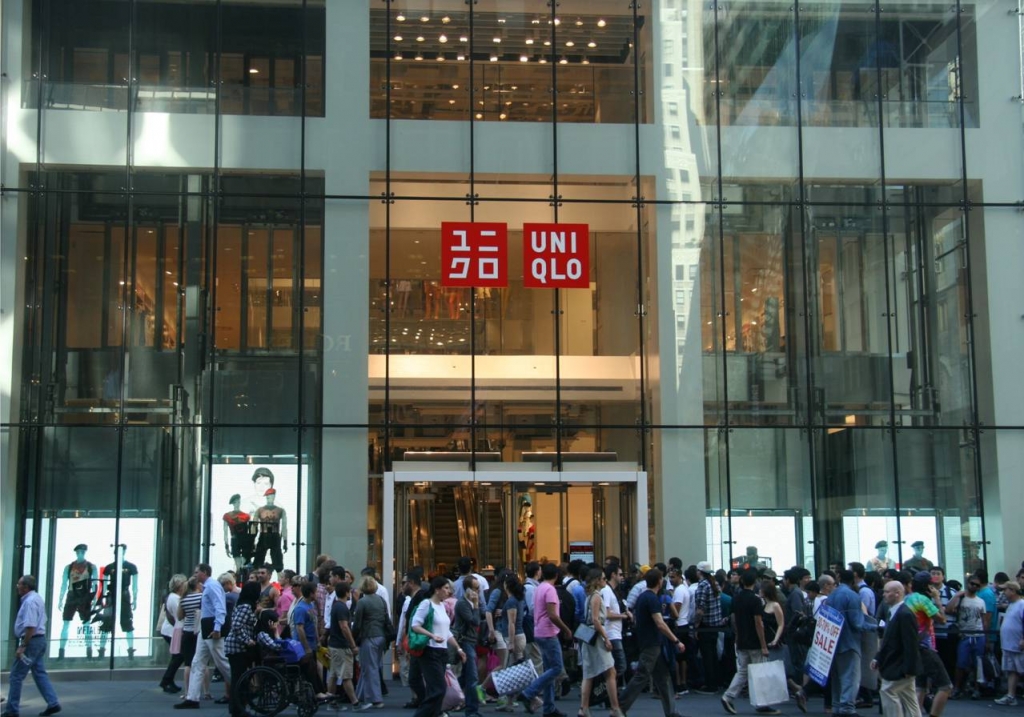

 Photo Gallery2 weeks ago
Photo Gallery2 weeks ago
 Headlines6 days ago
Headlines6 days ago
 Headlines2 weeks ago
Headlines2 weeks ago
 Headlines2 weeks ago
Headlines2 weeks ago
 Headlines5 days ago
Headlines5 days ago
 Headlines2 weeks ago
Headlines2 weeks ago
 Headlines4 days ago
Headlines4 days ago
 Designer Dozen1 week ago
Designer Dozen1 week ago
